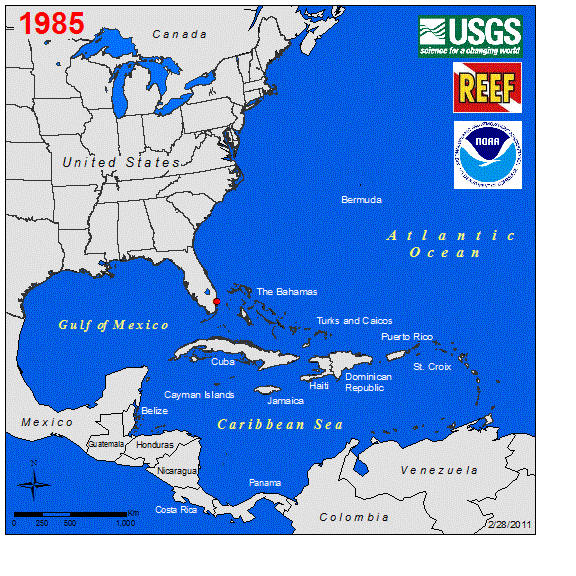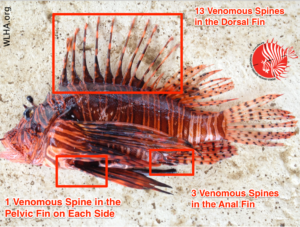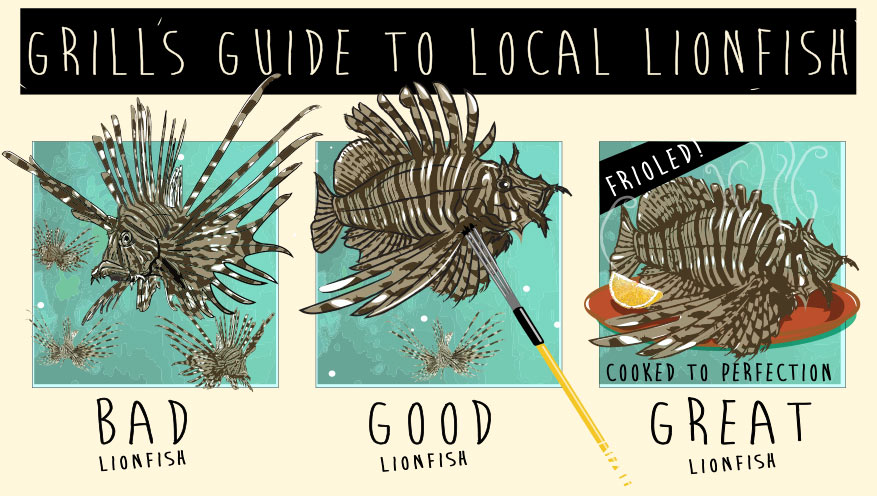

How lionfish will affect native fish populations and commercial fishing industries has yet to be determined. What is known is that non-native species can dramatically affect native ecosystems and local fishing economies. Experts are carefully studying these invaders to better understand their role in, and potential threat to, Atlantic Ocean ecosystems.
 They are carnivores that feed on small crustaceans and fish, including the young of important commercial fish species such as snapper and grouper.Unfortunately, NOAA researchers have concluded that invasive lionfish populations will continue to grow and cannot be eliminated using conventional methods. Marine invaders are nearly impossible to eradicate once established.
They are carnivores that feed on small crustaceans and fish, including the young of important commercial fish species such as snapper and grouper.Unfortunately, NOAA researchers have concluded that invasive lionfish populations will continue to grow and cannot be eliminated using conventional methods. Marine invaders are nearly impossible to eradicate once established.
 Lionfish have venomous spines that can be very painful. Scientists are also actively studying these fish to better understand the potential threat that lionfish pose to key reef and commercial fish species. Learning more about the habits and preferences of lionfish in non-native waters also helps experts determine where to look for these invasive fish.
Lionfish have venomous spines that can be very painful. Scientists are also actively studying these fish to better understand the potential threat that lionfish pose to key reef and commercial fish species. Learning more about the habits and preferences of lionfish in non-native waters also helps experts determine where to look for these invasive fish.
